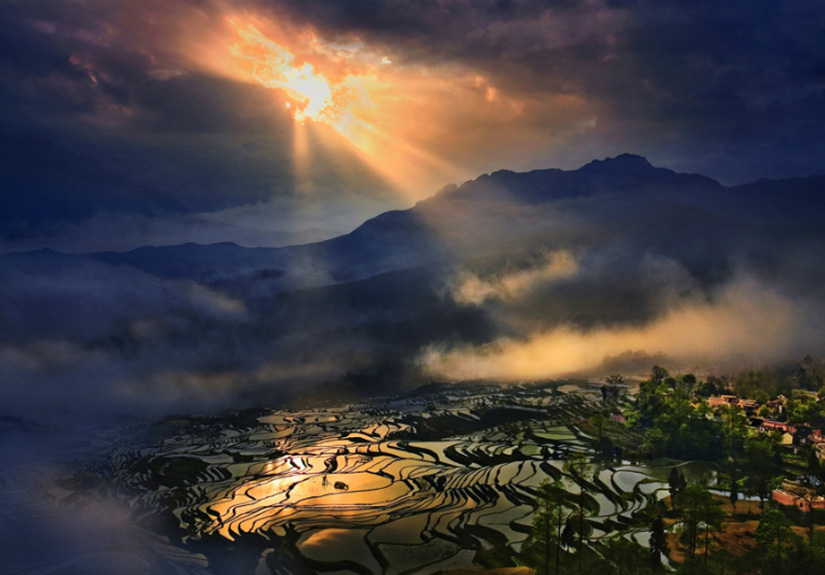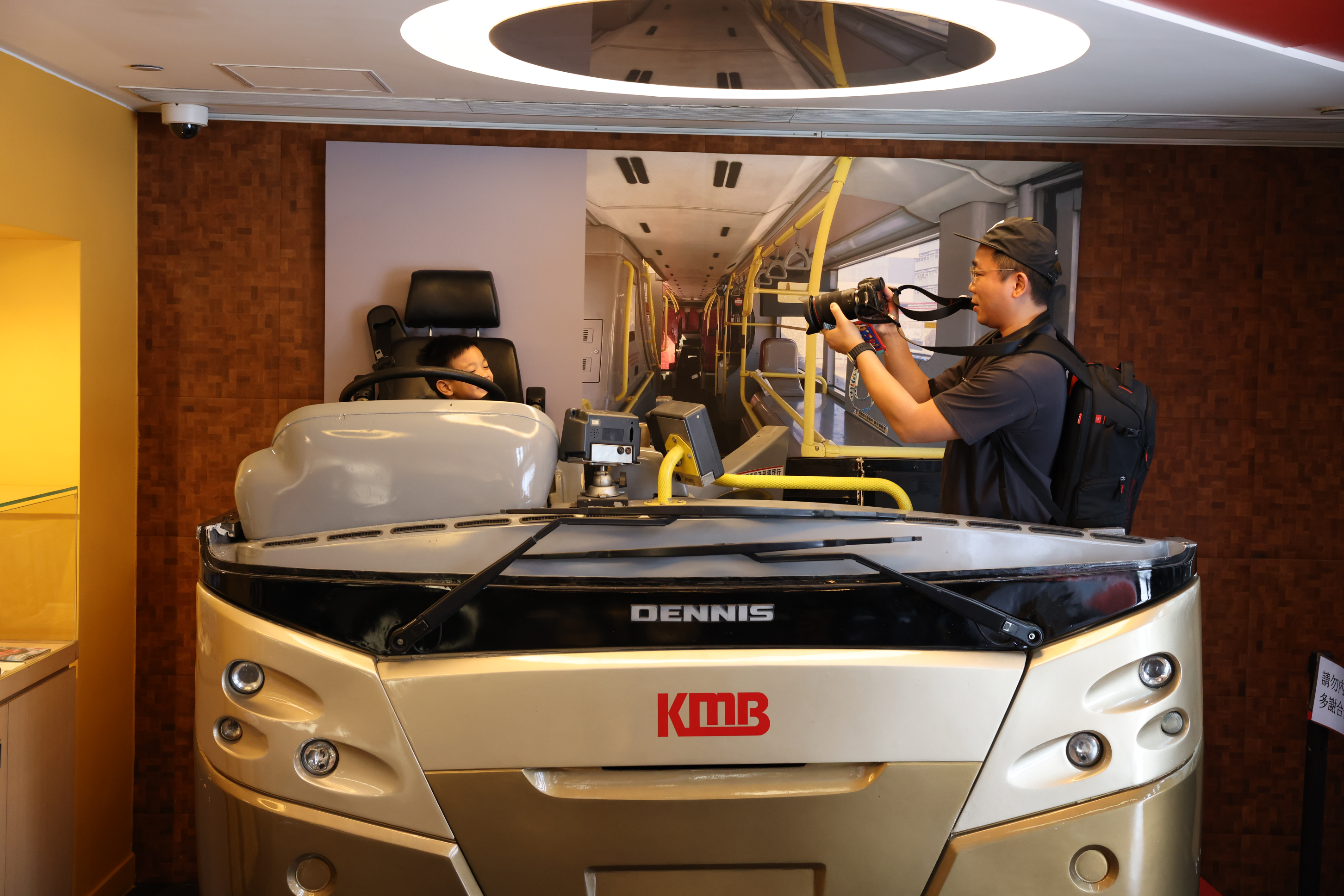Play with the Sunlight
Backlight Photography Techniques

Photography beginners are always advised to shoot with front lighting (with light illuminating the subject from behind the camera) in order to avoid strong lighting contrast. But as we all know, there is no absolute right or wrong when it comes to photography, so sometimes going out of the box is important and will give your photos a surprisingly pleasant effect - like shooting into the light with these skills and tips in mind.
Choose the Right Time to Shoot
One downside of backlight photography is that the photo shows high lighting contrast and hard shadow. Therefore, we should shoot at early morning before 10am or in the late afternoon from 4pm till dusk, when the sunlight is softer and the effect of lighting contrast is minimal. Also benefited from the low incidence angle of sunlight, we can include the sun in the composition easily.

The incidence angle of sunlight is low in late afternoon, making the light appear softer. To ensure a properly exposed subject, we can shift our position a bit and shoot with side-back lighting to have the sunlight wrap around the subject to add mood to the photo.

Apart from using the sun as the light source, reflection off the building is also a nice try. The reflected light which is not as strong as the sunlight makes achieving the right exposure easier.

Back lighting is commonly used for translucent subjects like leaves and flowers. It can help bring out the texture and colors of the subject.
Create Starburst Effect
Use of a small aperture like f/11 or smaller can create apparent starburst effect. But bear in mind that the light shouldn’t take up a large proportion of the composition. Besides, by decreasing the exposure compensation by 1-2 stops, you can achieve better result.

Tips for capturing starburst: A small aperture, small proportion of light source in the composition and lowering the exposure compensation
Shoot in Black-and-White
Shooting black-and-white with back lighting can exaggerate the contrast of light and shade, and make high lighting contrast no longer a problem. To capture shafts of light in the photo, we not only need sunlight streaming through gaps of clouds or branches, but also an environment with impurities in the air like raindrops, fog or flying sands and dusts.

The flying sands and dusts or other impurities in the air are useful in making the light visible, resulting in shafts of light in the photo

Shooting black-and-white with back lighting can exaggerate the contrast between light and shade
Capture Lens Flare
The Japanese style of photography is getting popular in recent years. It is characterized by the use of soft back lighting and beautiful lens flare. Originally, lens flare is the unwanted light artifacts resulted from light entering the lens and going through internal reflection in the lens system. However, it can add a touch of style to your photo if properly used.
Theoretically, flare forms when light enters the lens directly, but it’s difficult to control the exposure if the light source is placed at the center of the frame. Therefore, we suggest to have the light source positioned on the periphery, so that the intensity of light is weaker, and there are chances to create flare in special shapes or colors due to diffraction of light entering the lens from the periphery. As advanced anti-flare technology is incorporated in the recently launched EF lenses, we may need to try more extreme angles for more apparent flare effect.
Theoretically, flare forms when light enters the lens directly, but it’s difficult to control the exposure if the light source is placed at the center of the frame. Therefore, we suggest to have the light source positioned on the periphery, so that the intensity of light is weaker, and there are chances to create flare in special shapes or colors due to diffraction of light entering the lens from the periphery. As advanced anti-flare technology is incorporated in the recently launched EF lenses, we may need to try more extreme angles for more apparent flare effect.

Flare is easily occurred when light enters the lens from the periphery. Be reminded to remove the lens hood so that no light is blocked
Since the physical effect between the light and the lens depends on various environmental factors, the above skills and tips are only for your reference. Experiment more to find out the tricks that work best for you.




